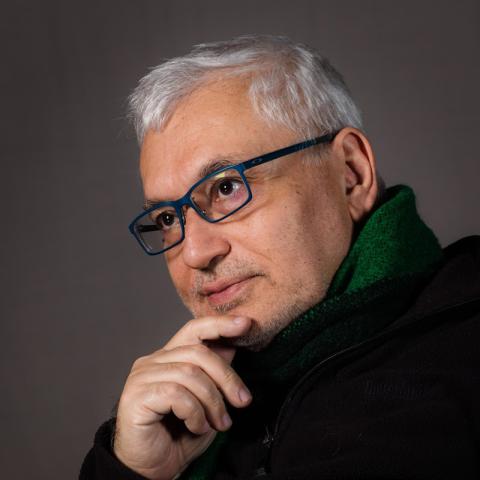event
GVU Center Hosts: Ergun Akleman - "Shape Algebras in Computer Graphics"
Primary tabs
Abstract:
Shape algebras naturally emerge as a result of the topological structure of the initial shapes and operations used to create new shapes. I observe that limiting initial shapes and operations is critical to avoid inconsistencies. For instance, in 2-manifold modeling systems, programmers commonly include some exceptions and provide operations that can create non-manifolds. Such exceptions and operations, which solve immediate practical concerns, make it harder to extend software without professional help and/or laborious effort.
I recently realized that shape algebras emerge as a common theme in many of my publications without explicitly referring to them. In fact, I have initially designed shape algebras for implicit surfaces that can provide interactive modeling with control shapes. Later, I, with Jianer Chen, designed a minimal set of operations over orientable 2-manifolds to effectively describe a shape algebra for orientable 2-manifolds. Because of the robustness and simplicity of the algebra, our students at Texas A&M University, with minimal instruction, could make the system grow. They added many high level operations that are created as composites of minimal operations. When we share it on the web, many people discovered TopMod and found ways to create unusual and interesting shapes and shared their experiences by developing video tutorials. Unfortunately, the power of TopMod was limited by its underlying shape algebra that can only support orientable 2-manifolds.
Adding a single operator is sufficient to extend algebra to non-orientable surfaces, which is reminiscent of the introduction of complex numbers by allowing irrational power operation such as square root into the algebra. Immersions of non-orientable meshes in 3-space
resulted woven objects that can be considered as 2-fold fabrics on polygonal meshes. To go further and extend the algebra to obtain 3-manifold meshes, it turned out that we needed to add only one new operation and its inverse to the existing set of minimal operations. This is analogous to the hierarchy structure among real algebras, complex algebras, and quaternion algebras. In other words, this underlying model provides a strong representational power while using existing infrastructure in 2-manifold mesh modeling without causing a significant increase in computational expense for representing a variety of topologically distinct shapes.
ERGUN AKLEMAN
Prof. Dr., Department of Visualization Joint with
Department of Computer Science & Engineering
Texas A&M University
Ergun Akleman is a 1992 Georgia Tech PhD graduate of the School of Electrical and Computer Engineering. During this time he worked closely with Larry Hodges and was active in the GVU Center, the early years.
Groups
Status
- Workflow status: Published
- Created by: Dorie Taylor
- Created: 01/04/2017
- Modified By: Fletcher Moore
- Modified: 04/13/2017
Categories
Keywords
Target Audience

